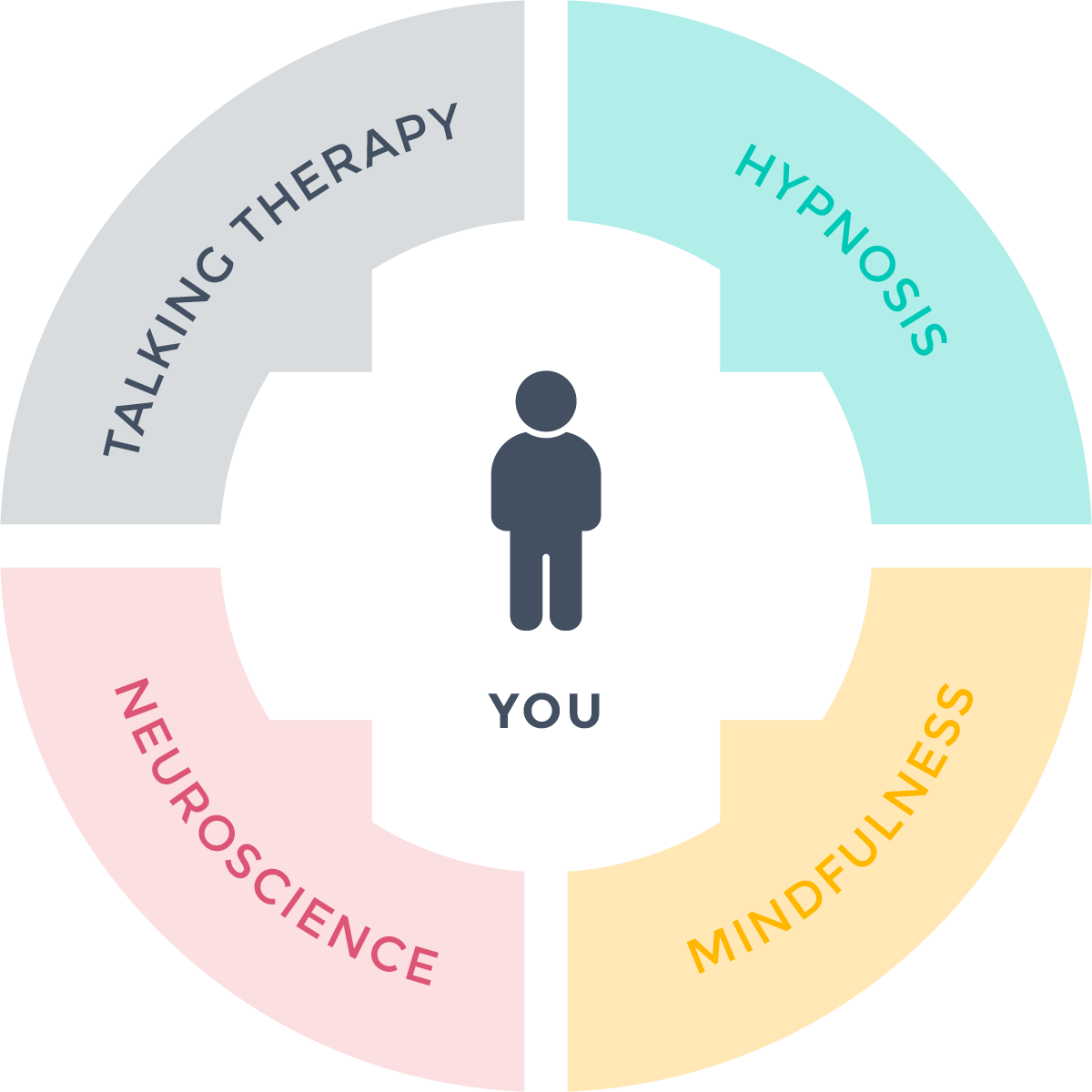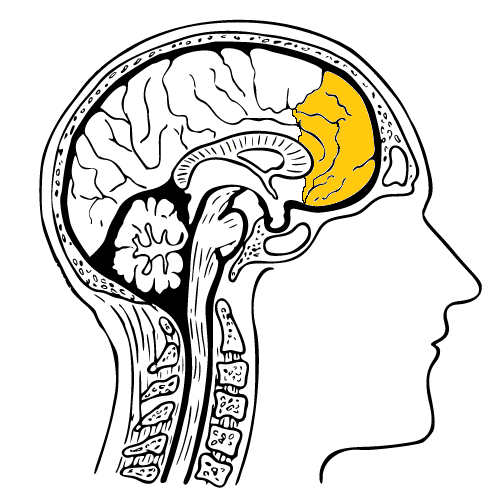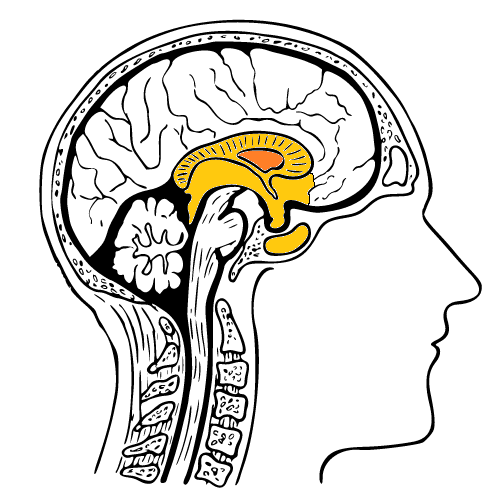Our therapeutic approach
– How does it work?
We can effectively regulate your nervous system by using the approach that integrates four modalities:
Cutting-edge research from Neuroscience
Clinical Hypnosis
Practical techniques from modern Talking Therapies
Mindfulness practices

Two-step process:
With our approach, you will learn how to induce altered mental states during which you can regulate and balance out the brainwave activity between the prefrontal cortex and limbic system. This natural method is flexible and solution-focused producing positive and long-lasting changes in your brain structures.
Step 1
Identifying practical solutions. Working with prefrontal cortex – the conscious, thinking part of the brain.

Step 2
Accelerated learning and outcome rehearsal. Working with limbic system – the unconscious, emotional part of the brain.

Important facts to know:
How therapy sessions work
Step 1
Methods used to work with the conscious part of your brain
TALKING THERAPY
Each session begins with a practical discussion exploring your challenges and identifying what makes you feel better. Main principle of the integrative therapy is that you are unique, so to guide you toward new insights and coping mechanisms we create a program that fits your individual needs and personal issues. For this purpose, we adopt the most practical and well-researched strategies to suit your learning preferences, including the best of Solution-Focused Brief Therapy, Trauma-informed therapy, Cognitive-Behavioural Therapy, Internal Family Systems, Gestalt, Person-Centred, Psychodynamics, and Transactional Analysis.
Although we will need to know something about your past to understand your present situation, unlike in traditional forms of psychotherapy, we will look at what you want to achieve (the solution) rather than at the problem that prompted you to seek help. We will work together to help you feel better as quickly as possible and concentrate on your strengths, resources and setting up future-orientated goals.
NEUROSCIENCE
We apply the latest findings from neuroscience and brain-based therapy that takes advantage of neuroplasticity and neurogenesis – the brain’s natural ability to renew, learn and change over time. Our brains can re-wire to effect mood and behaviour change, so the way you think and behave affects your brain’s functionality and its physical structure!
This process involves the development of new synaptic relationships between neurons, strengthening those relationships, as well as the development of more glial cells. Developing new synaptic relationships translates to learning.
Positive and balanced mental states are a skill that can be learnt. During each session you will gain a deeper understating of how your brain works which will help you in changing it towards healthy behaviours and balanced thoughts.
Step 2
Methods used to work with the unconscious part of your brain
HYPNOSIS
Each discussion is followed by the induction of an altered mental state (trance) to strengthen new synaptic connections and reflect on the ideas you have generated during our conversation and rehearse new ways of feeling and thinking.
Clinical hypnosis is the most powerful and fascinating part of our therapeutic approach. It is the process of deliberate manipulation of brainwave activity. We can access the unconscious brain through guided positive imagery by inducing artificially the R.E.M. state, in which your limbic brain slows down to alpha or even theta waves, similar to that of dreaming or deep meditation. During this time we can stimulate your prefrontal cortex so it is highly focused and receptive to new learnings and ideas leading to accelerated results and lasting change. Hypnosis allows you to naturally balance out the brain activity so that both parts of your brain are aligned working together in harmony. During trance your body gets 2-5x deeper rest than sleep so at the end of each session you will feel intensely refreshed and rejuvenated.
MINDFULNESS
Mindfulness teaches how to observe and experience reality in the present moment without judgment. It helps to create awareness of our current thinking patterns and encourages the ability to step back from the tight grip of our experience which gives a deep sense of relief and calmness.
We added core mindfulness skills and techniques including evidence-based, Mindfulness-Based Stress Reduction (MBSR) and Mindfulness-Based Cognitive Therapy (MBCT) to help clients build emotional resilience.
The MBCT, developed at the University of Oxford and the Oxford Mindfulness Centre, offers a breakthrough in the clinical treatment of depression, anxiety and emotional trauma and is recommended by the National Institute for Health and Care Excellence (NICE) as a treatment of choice for depression.
